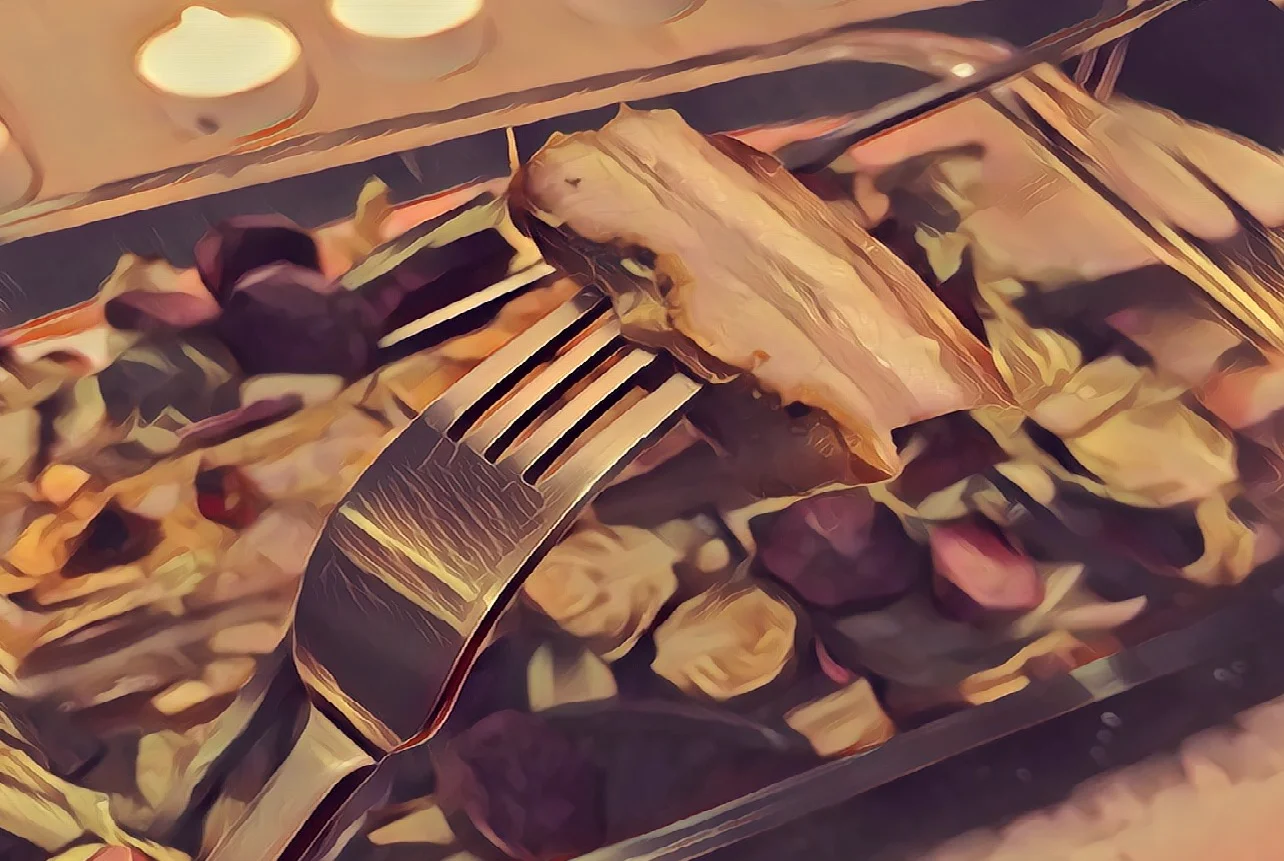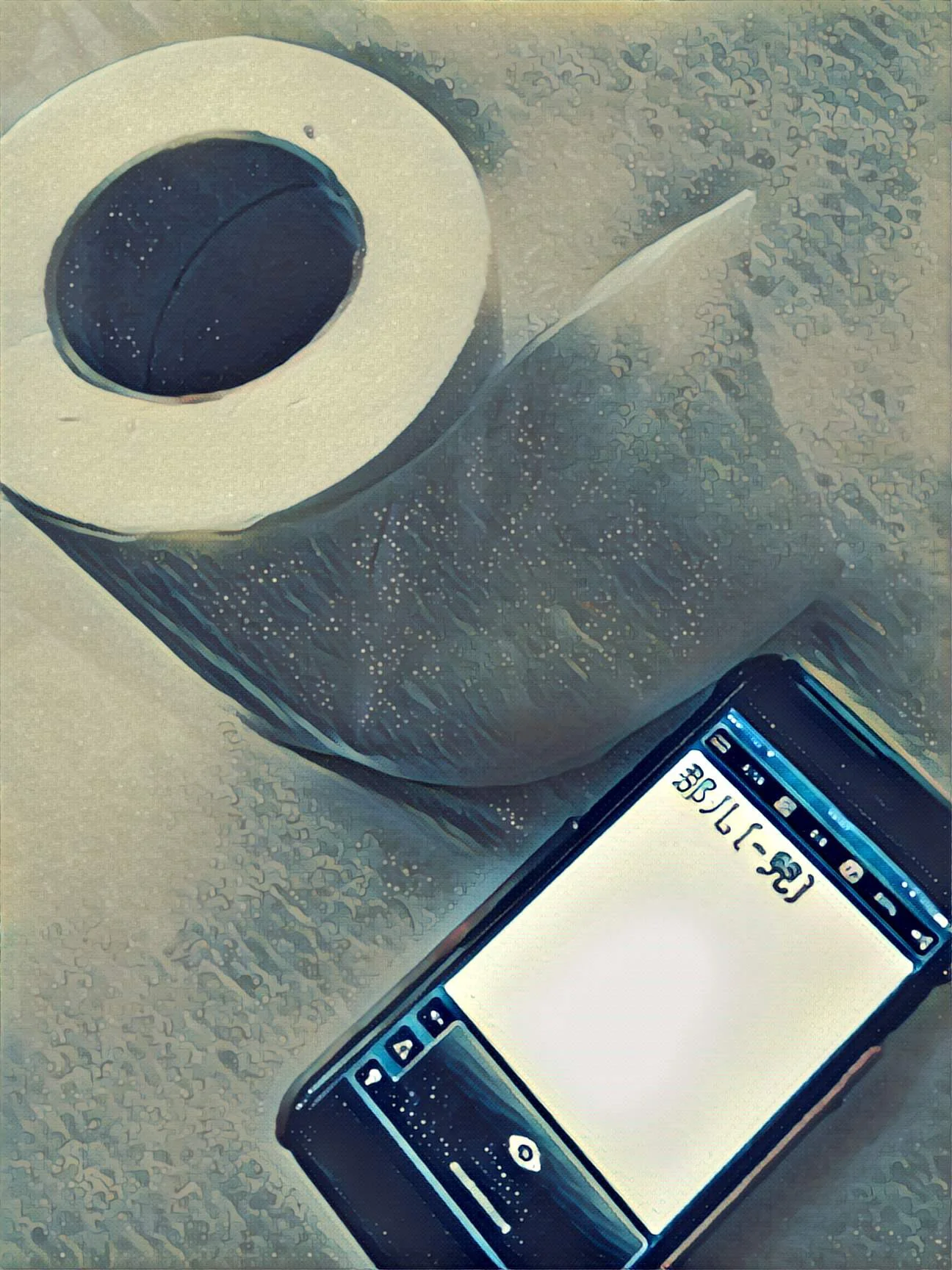Going all Keto: Week One - Five Insights of a Keto Beginner
I have written about my weight and body composition issues in the past. And honestly, the issues have been spiraling a bit out of control since autumn of 2016. While I did plenty of sport over the past 12 months and am currently quite fit, my body shape decided not to follow suit and reassembles more and more the one of Frosty the Snowman. If I already gain weight doing three and a half hours of sport per week, what will happen if I ever must stop working out for a while?
Keto what? Keto why?
Three years ago, while being on a full-time MBA semester in upstate New York, I successfully experimented with a relatively strict Low-Carbohydrate diet (around 100 g carbs per day). I lost around five kg and more than two percent body fat in 12 weeks.
Unsatisfied with my current body shape and knowing that low-carb seems to work with me, I decided to go all the way this time, opting for the nuclear option: a full ketogenic diet.
The ketogenic diet has become a buzzword in the past years, crossing over from clinical research and nutrition Mavericks to mainstream. A ketogenic diet is an extremely low-carb, extremely high-fat diet, that triggers ketosis, a metabolic state in which the primary source of energy for the metabolism becomes ketones (derived from fat) instead of glucose (sugar).
I don’t want to go too much into the details of ketosis, as there are great resources available by much more qualified people than myself. There has been a lot of clinical research done on the ketogenic diet, mainly driven by its use in treating children with epileptic seizures. The keto diet has also been used by a whole range of athletes and nutrition enthusiasts, so there is no shortage of information.
A good overview of the topic and an easy read is a recent article in Men’s Fitness. Among the many keto resources, I like DietDoctor for general advice and Optimising Nutrition for deeper insights into nutritional analysis. If you want to geek out completely over ketosis and you are not afraid of getting extremely technical, the blog articles by Peter Attia, M.D. are the absolute gold standard.
Keto How?
Set with the theoretical scaffolding after my research, I set out to do my experiment with ketogenic lifestyle. My plan was simple:
- intermittent fasting from dinner to lunch at 12:30 (aiming for an eating window of fewer than 10 hours)
- Targeting around 1,850 calories per day + allowance for activity, using the MyFitnessPal app (add me, I am LifeSparring)
- Targeted macronutrients: 10% carbohydrates (max. 49 g), around 20% protein and 70% fat.
To give the little diet venture a proper experimental feel, I equipped myself with an Abbott Freestyle Precision Neo Blood Glucose Meter that also as the ability to measure ketone levels. I also stocked plenty of expensive test strips, as the plan was to measure my blood glucose levels as well as my ketone levels five times per day. For the measurement times I decided upon 8 am, fasted, after getting up; 12:30 pm, fasted before the first meal; 1:30 pm, after the first meal; 7:15 pm, before dinner; 11 pm, before sleeping.
Expected gain from the pain (getting yourself to bleed five times a day is no fun) was to document the direct effects of my diet and to make sure that I reach and stay in ketosis and at the same time to make sure my blood sugar levels do not drop dangerously low.
The idea was to start with a very strict ketogenic diet over at least two weeks and then experiment with increasing carbohydrate intake to make the diet more sustainable and socially acceptable. I also planned to experiment with “cheat days” and optimizing the process of re-entering ketosis after days with too many carbs.
For this second part of the experiment, I invested in a container of exogenous Ketones (KetoCaNa). At US$ 59.9 for just 16 servings of Beta-hydroxybutyrate (BHB), KetoCaNa is quite a commitment. My plan, therefore, was not to use it as a regular supplement but as a tool to ease re-entering ketosis after indulging on carbs.
Inside 1: Bleeding is a Skill
Determined to start my experiment on March first, I used the opportunity to eat a bit junkier than normal during the last days of February while starting the blood test regime to get some base values.
The first thing I learned immediately is, that bleeding is a true skill. Measuring blood ketones or blood glucose with an Abbott Freestyle Neo is straight forward: You unwrap a test strip, slide it into the device, prick your finger with the lancet device and apply the blood drop on the strip. The device will start a countdown and then show the result… unless you were too stingy with your blood. If the drop of blood is not big enough to wander along the strip to the measurement area, you have about one second time squeeze some more juice out of your finger or the display switches to Error E-3, and you can throw away the test strip. At costs of about US$ 0.4 for a glucose strip and US$ 2 for a ketone strip, you better learn fast how to bleed right.
Another rookie lesson I learned quick, was not to poke the tip of a finger but the side. A jabbed fingertip easily hurts for a whole day, the sides of the finger are much more forgiving.
Overall my two base days looked decent. My fasting glucose was in the normal range (4.1 - 5.2 mmol/L). The spikes in blood glucose after a meal were severe (up to 9.2 mmol/L) but short. To my surprise, I even noted low concentrations of ketones (0.1, 0.2) on fasted stomach in the morning and before lunch. I take this as an indicator that the approach to limit eating to a 10 o’clock window and skipping breakfast works and has an actual effect on the metabolism, despite being far below a full ketosis.
Inside 2: It is Easier to Undereat Than to Overeat
On the last February weekend, I did my big grocery run, roaming the supermarket for low-carb ingredients. In addition to the obvious sardines, frozen pork and lamb chops, olives, cheddar and on the vegetable side brussels sprouts, broccoli, red cabbage, and kimchi, I also picked up some price-reduced cans of Iberico Luncheon meat.
I started my diet experiment with the goal of around 1850 kcal per day, plus an allowance in case I burned additional calories through workouts. The target of 1850 was not chosen entirely randomly, it is roughly my expected resting metabolic rate, the number of calories I burn without any activity. With daily activity, conservatively calculated, my metabolism should be burning around 2,200 – 2,500 kcal, so the planned deficit was set to around 500 kcal / day.
Given my skyrocketing weight over the past months (despite working out four hours per week), I must have on regular base consumed much more than 2,500 kcal in a day.
Before starting the diet, the planned calorie deficit looked scary. I expected to be more or less constantly hungry, and being hungry in the office is not much fun. Surprisingly this did not happen at all. During the first week on the ketogenic diet, my biggest challenge was to reach the calorie target. On days where I did a Muay Thai session or went for a hike, I should have eaten more as the calorie deficit crossed the 1000 kcal margin. However, the meals were so satisfying that I barely ever craved more.
As I am not too fond to drink pure olive oil or eat more than one can of sardines at once, hitting my daily fat target required planning and some creativity in the kitchen.
Inside 3: Physical Changes Start With the First Meal
I had a similar experience when I did my low-carb experiment three years ago, but I was still amazed how fast I could feel the change in body when switching from a moderate/high carbohydrate diet to an extremely low-carb diet. The intermittent fasting surely helped to speed-up the transition that began right after my first high fat meal. Already in the afternoon of day one, I realized an increased bladder activity, requiring runs to the washroom once per hour. Unfortunately, this shedding of the water previously bound by the carbs did not stop when the first day ended. Three times I woke up in the middle of the night with the urgent need to pee.
On each of the first two days, I lost a full kilogram of body weight, obviously only water. This rapid change was still pretty amazing to experience.
Inside 4: Four Days of Flu and a Week to Adaption
Keto flu is a real and mine lasted about four days. Starting my diet on Wednesday, March 1, the slight foggy headache started Wednesday night and persisted until Sunday.
As described above, on the very first day and night, it was primarily the water removal that troubled me.
The second day was not particular pretty either. A slight feeling of lightheadedness, from the moment of waking up, two rather urgent toilet breaks in the afternoon (this time of the other kind aka Thunder Down Under) and quite generally not feeling at my best, spoiled the fun a bit. I somehow still managed to go to the boxing gym and survived the 75 minutes intense Muay Thai training without feeling too much different.
As mentioned, even before starting they diet, I measured low level of blood ketones on fasted stomach. On day two of my experiment the values started to creep up, reaching 0.8 mmol/L at the 11 pm measurement point after boxing and a late dinner.
On the first weekend I hit the gym for one hour on Saturday and went for a 15km / 4 hour hike on Sunday. The hike turned out quite miserable. Without any food intake during the hike, I lacked energy and was slower than usual.
On both weekend days I measured ketone values of 0.5 and 0.6 mmol/L before sport, high values of 1 and 2.7 mmol/L after sport / pre-dinner, and still 0.6 and 1.9 mmol/L at 11 pm.
Monday, March 6, (day six) was the first day I spent completely in ketosis, with all measuring points being above 1 mmol/L at low blood glucose value of only 4.06 mmol/L. I also felt normal.
On day seven I felt really good, the brain fog had lifted completely. My weight bounced back a bit on day seven, coinciding with lower body fat indications, though. In the evening, after work, I did my regular 7 km run and was three minutes faster than in past weeks over the the same distance, without even pushing the pace. In difference to the hike two days prior, the run was amazing and I felt energetic, despite not haven eaten since lunch.
I tried to sum-up my first week of keto diet in one table, the numbers correspond quite well with my subjective feelings.
Inside 5: It’s not Easy to be a “Foodamentalist.”
To be honest, keeping my ketogenic diet during the first week was not as hard as expected, despite the occasional craving for a donut. I like meat, dairy, nuts, and fatty fish, that leaves me with plenty of options to eat. I even got a bit creative and made my own Coconut milk based keto puddings.
The true challenge to maintain a ketogenic diet, at least for me, is its compatibility with normal social interactions, especially in the marital sense.
You would never guess it, when you see her with her slim built and the nice six-pack, but food and eating is a major source of joy in the life if my wife. Me denouncing carbs and going all keto was for not too much different than telling her that I fell for some satanic cult. Saying that my better half was not amused about my diet experiment is a clear understatement.
But even if you are single or have a partner more tolerant to “dietary foodamentalism,” living strict keto makes it almost impossible to go to any other restaurant than a steak house, not even talking about giving up on beer.
My personal conclusion after one week on the ketogenic diet therefore is, that the diet works, but that for the sake of sustainability I will have to find a less radical way to enjoy the benefits.














